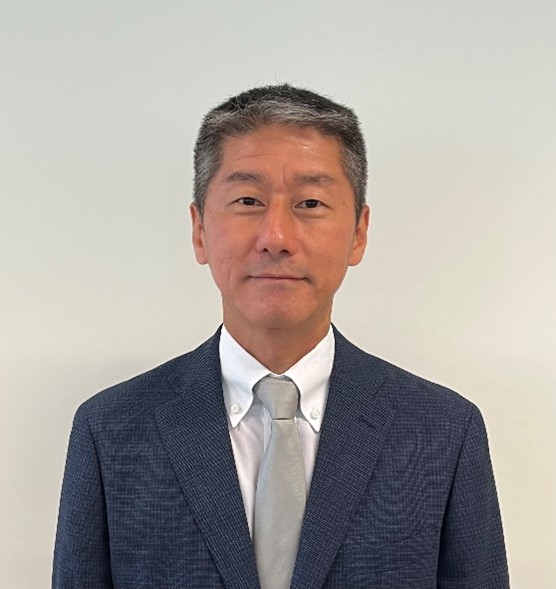The Independent State of Papua New Guinea (PNG) in the Pacific Region is located about 5,000 km to the south from Japan. It consists of more than 600 islands and the total land area is 1.25 times as large as that of Japan. PNG, famous for its beautiful nature, has many unique and rare species of wildlife, and pristine marine life in its highlands and coastal areas. Although the population of the country is approximately 10 million, which is less than one tenth of Japan, there are many tribal communities with more than 800 languages. We are fascinated by such diversity in nature and culture of PNG.

As for PNG’s economy, mining is one of the main industries producing gold, copper, nickel, and recently the production of natural gas has been increasing, that is highly expected to contribute to its economic growth. Furthermore, other industries utilizing its rich natural resources are also thriving, that include forestry, agriculture (e.g., palm trees, cacao and coffee), and fishery (e.g., tuna).
On the other hand, there are also challenges to achieve sustainable development in PNG. As an implementing agency of Japan’s Official Development Assistance (ODA), JICA has been working with the government and people of PNG to tackle such challenges in various sectors, such as “infrastructure development and maintenance”, “industrial promotion”, “education”, “healthcare”, “environmental protection and measures against climate change” and so on.
As examples of our cooperation in the past, we supported the renovation of the airport and construction of sewerage system in Port Moresby by Yen Loan, improvement of roads and bridges by Grant Aid, and promotion of rice farming, community development, remote education, production of national standardized textbooks for primary schools, control of infectious diseases, conservation of forests and biodiversity, and solid waste management through Technical Cooperation. We have also been supporting economic and social development of PNG through Public Private Partnership and Civil Participation, such as JICA Volunteer Program and Grassroot Technical Cooperation. Furthermore, our activities have been aiming to contribute to the establishment of a safe society where people can live without fear, empowerment of women and realization of gender equity.
Japan’s ODA to PNG began in 1974, a year before its independence, with the Grant Aid Project for establishment of National Fisheries College in Kavieng, New Ireland Province, and it will be the 50th anniversary in 2024 followed by the 50th national independence anniversary in 2025. Although PNG and Japan have forged its friendship to this day, the situation around the world is drastically changing. Nowadays, there are many issues to be tackled globally, such as climate change, conservation of the biodiversity, marine pollution control and so on. In this circumstance, strengthening the partnership between PNG and Japan is becoming more important. With JICA’s vision “Leading the World with Trust”, we will continue our efforts to strengthen the relationship between PNG and Japan, so that both of our countries will grow together and that will also contribute to the stability and prosperity, and human security in the region.
September 2023
Chief Representative
Papua New Guinea Office
MATSUOKA Hideaki





scroll